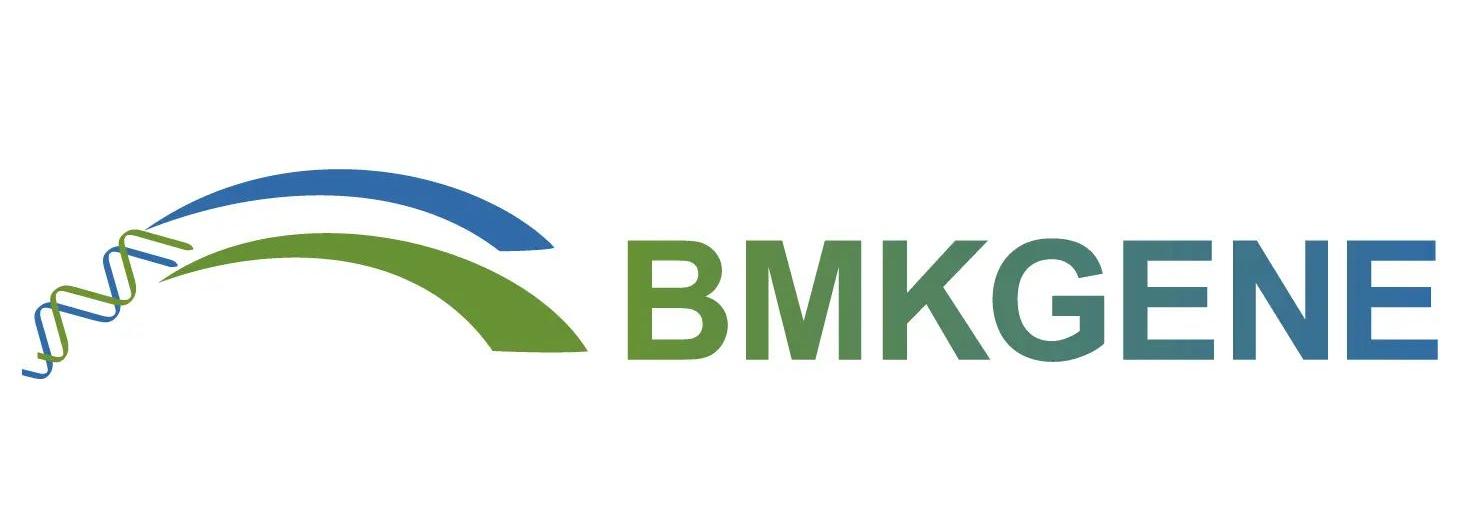METAGENOMICS

Complete, closed bacterial genomes from microbiomes using nanopore sequencing
Nanopore Sequencing | Metagenomics | MAGs | Bacterial genome circularization | Gut microbiota
Highlights
1.A novel method to extract long fragments of DNA was presented in this study, which achived extraction of microgram of pure, HMW DNA suitable for long-read sequencing from 300 mg of stool
2.An assembly workflow, Lathe, was introduced in this study, where MAGs were assembled by long reads and corrected by short-reads.
3.Lathe was evaluated by mock mixure. 7 out of 12 bacterias were successfully assembled into single contigs and 3 were assembled into four or fewer contigs.
4.Lathe was further applied to stool samples, which generated 20 circularized genomes, including Prevotella copri and candidate Cibiobacter sp. , which were known for being rich in mobile genetic elements.
Main Achievement
Extraction protocol for HWM DNA
Long-read sequencing based gut metagenomic studies has been long suffered from hardness in extracting high molecular weight(HMW) DNA from stool . In this study, an enzyme-based extraction protocol was introduced to avoid extensive shearing by bead beating in traditional methods. As shown in the following figure, the samples were firstly treated with a cocktail of enzymes, including lytic enzyme, MetaPolyzyme, etc. to degrade cell walls. Released DNA was extracted by Phenol-chloroform system, followed by Proteinase K and RNase A digestion, column-based purification and SPRI size selection. This method managed to yield micrograms of HMW DNA from 300 m of stool, which fulfills long-read sequencing requirements in terms of both quality and quantity.

Figure 1. HWM DNA extraction scheme
Scheme flow of Lathe
As described in the following figure, Lathe contains existing process of raw basecalling process using Guppy. Two long-read assemblies are then produced by Flye and Canu separately followed by mis-assembly detection and removal. The two sub-assemblies are merged with quickmerge. Upon merging, large assemblies at megabase level are then checked for circularization. Subsequently, consensus refinement on these assemblies is processed with short reads. Final assembled bacterial genomes are processed for final mis-assembly detection and removal.

Figure 2. Scheme flow of Lathe assembly
Evaluation of Lathe with mock bacteria mixture
A standard ATCC 12-species mixture comprising both Gram-positive and Gram-negative bacteria was employed to evaluate the performance of nanopore sequencing platform and Lathe in MAG assembly. A total of 30.3 Gb data was generated by nanopore platform with N50 of 5.9 kb. Lathe largely improved assembly N50 to 1.6 to 4-fold compared to other long-read assembly tools and 2 to 9-fold compared to hybridd assembly tools. Of 12 bacterial genomes, seven were assembled into single contigs(Figure 3. Circos with black dot). Three more were assembled into four or fewer contigs, in which the most incomplete assembly contained 83% of the genome in a single contig.

Figure 3. Genome assemblies in a defined 12-species bacterial mixture
Application of Lathe in stool samples
This method was further applied to human stool samples in order to compare the organism identification and assembly contiguity to existing methods, read-cloud and short-read based analysis. From the three samples involved, the new enzyme-based extraction yielded at least 1 μg per 300 mg of input mass. Nanopore sequencing of these HMW DNA generated long-reads with N50 of 4.7 kb, 3.0kb and 3.0kb respectively. Notably, present method shown great potential in microbial detection compared to existed methods. Relatively higher species-level alpha diversity was shown here compared to short-read and read-cloud. Moreover, all genera from short-read analysis, even typically lysis-resistant Gram-positive organisms, were recovered by this method.

Figure 4. Alpha diversity and taxanomic components determined by Nanopore, short-read and read-cloud methods
Lathe yielded much longer whole-assembly N50 than short-read and read-cloud assembly, in spite of a three- to six-fold lower input of raw data. Draft genomes were produced by contig binning, in which the drafts were classified into “high-quality” or “partial” based on completeness, contamination, single-copy core genes, etc. Long-read assembly shown much higher contiguity at lower cost compared to short-read and read-cloud.

Figure 5. Per-organism assembly contiguity of each method
Moreover, present assembly approach is capable to yield closed, circular genomes. In the stool samples, eight high-quality, single-contig genomes were assembled and five of these achieved percise circularization. Long-read approach also shown impressive capacity in resolving repetitive elements in genomes. Circularized P. copri genome was generated by this approach, which has been known to contain high-degree of sequence repetition. The best assembly of this genome by short-read and read-cloud never exceeded N50 of 130 kb, even with coverage depth of 4800X. These high copy number elements were fully resolved by long-read approach, which often found at breaking points of short-read or read-cloud assemblies. Another closed genome was reported in this study, which was believed to be a member of recently described Cibiobacter clade. Five putative phage was identified in this closed assembly, ranging from 8.5 to 65.9 kb.

Figure 6. Circos diagram of closed genomes of P.copri and Cibiobacter sp.
Reference
Moss, E. L., Maghini, D. G., & Bhatt, A. S. (2020). Complete, closed bacterial genomes from microbiomes using nanopore sequencing. Nature biotechnology, 38(6), 701-707.
Tech and Highlights aims at sharing most recent successful application of different high-throughput sequencing technologies in various reseach arena as well as brilliant ideas in experimental design and data mining .
Post time: Jan-07-2022

